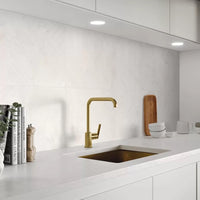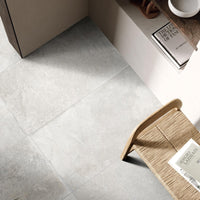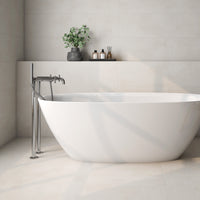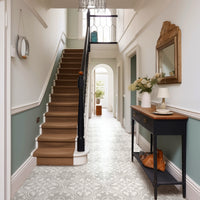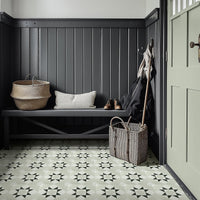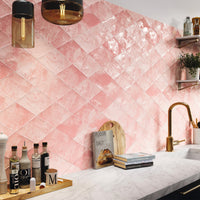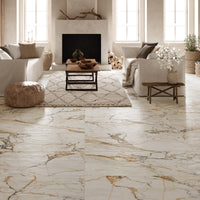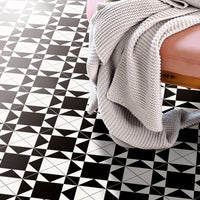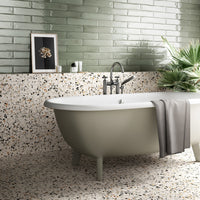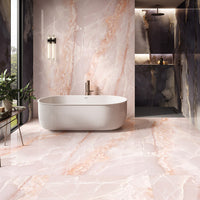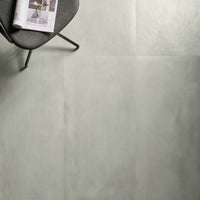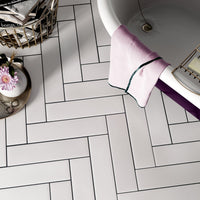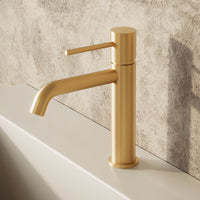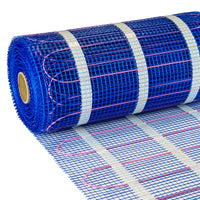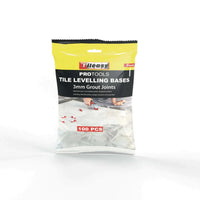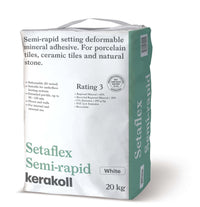Celebrating the intricacies of architecture and the bare bones of buildings, industrial design is in a league of its own. Blending homeliness with the cold skeleton of industry can be challenging, but we’re here to help. Here are 6 steps to design an open plan Industrial home.
Step 1: Embrace imperfection
This is one of the easiest parts. Industrial interiors aren’t about being ultra polished and perfect. They welcome rough and ready finishes and the wear and tear of day-to-day living.

Images from: MDF Italia at Aram Store and Nanimarquina
Step 2: Blending rooms
Whether it’s a kitchen/diner, a bath in the bedroom, or an all-encompassing studio, blending rooms is the first part of open-plan living. Choose your space (or spaces) and start from there. The rooms don’t have to just become one large open box as screens, windows, columns, and cleverly mixed materials can help break it up, so play around with what’s available to you.

Images from: Leonas Garbačauskas and Dimitar Karanikolov & Veneta Nikolova
Step 3: Emphasise architecture
Aim to strip the space back to its basics. Expose brick, steel beams, pipes, ducts, and wires (if possible) or find some appropriate dupes that make it look like the room has been stripped back. Add height where possible and make use of what’s there.

Images from: Quorn Stone and Adam Winger
Step 4: Mixing materials
If you don’t live in a converted warehouse, a factory-turned-loft, or in a home with built in features fear not! It’s the materials that maketh the room. Mix and match between the industrial classics: brick, worn wood, steel, iron, brass, copper, and concrete. Find reclaimed and vintage items for added age and character.

Images from: Industville and Buster + Punch
Step 5: Curate colours
The classic industrial colours are neutral- shades of grey, white, and rust. This palette is easy to mix and match with minimal planning. Create a moodier vibe by emphasising darker tones, create the illusion of space with light shades, or add a touch of richness with rust, brick, and wood.

Images from: West One and Diesel Scavolini
Step 6: Furniture and accents
Industrial design is all about practicality. Spaces should be designed to be highly functional with minimal clutter. Add décor with statement lamps and fixtures, or specially selected rugs and plants.

Images from: Studio Odnushechka and Amber Interiors
Shop industrial looks: Ancoats Grey, Concrete Grey, Cemento Mid Grey, Midtown Pearl, Heritage Star, Heritage Chess, Highline Graphite, Highline Copper, Pantheon Silver, Foundry Iron, Ardesia Natural, and Bowland Walnut.
